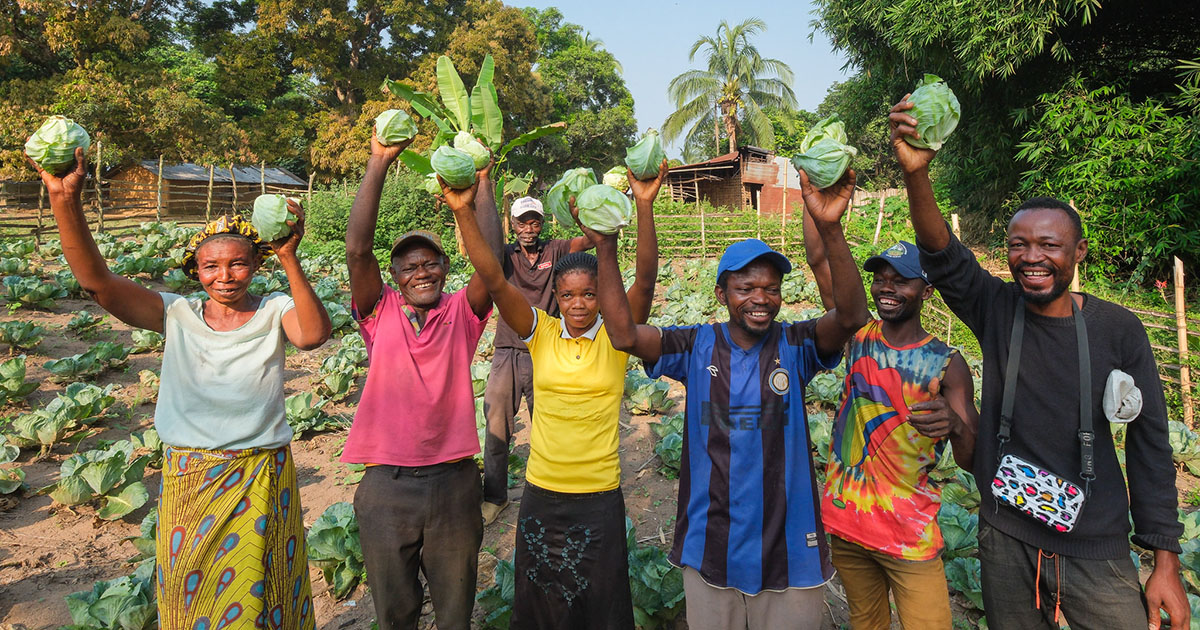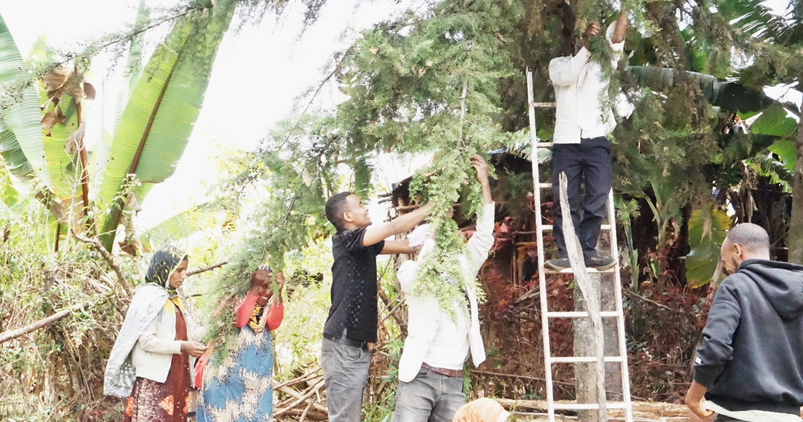Forests provide an immense range of benefits to people, many of which are not prioritized by forest policy because they are difficult to quantify. Wild foods from forests enhance the quality of diets for those who consume them and provide income for those who sell or trade them. The quantity of wild food collected is challenging to measure because of non-standard units, seasonal differences in collection patterns and large numbers of species. To provide initial estimates of collection volume in Zambia and pilot new methods, we surveyed 209 households across 14 villages randomly selected within 5 study areas covering all four agro-ecological areas between 6 August and 27 October, 2019. For each study area, we conducted a focus group to identify the most commonly collected species within each of nine food product types (mushrooms, insects, green leafy vegetables, tubers, fruits, nuts, wild meat, wild fish, and aquatic plants). All but one surveyed household collected some wild foods; on average, each household collected five types of food product, most commonly mushrooms, fruits and green leafy vegetables. Volume collected varied markedly by household, product type and study area. Rural households in Zambia are estimated to collect over 380 million litres, 380,000 m3, of wild foods annually. We estimate that 88% of these wild foods are collected directly from forests. Accounting for uncertainties, we estimate the volume of wild foods collected from forests to be at least 238,000 m3 per year, 125% of the volume of sawnwood produced, or about 12 million large (20 L) collecting buckets. Volume collected was not strongly correlated with metrics of wealth, indicating ubiquitous consumption of wild foods; however, the most food insecure collected particularly high volumes of wild food. Pilot market surveys found local value chains for wild foods, indicating a potential for economic contribution. Our results underscore the value of data that can be disaggregated locally and indicate that national estimates of quantities of wild food collected from forests would be highly useful for designing forest policy and management strategies.
Download:
DOI:
https://doi.org/10.1002/pan3.10367
Dimensions Citation Count:

Publication year
2022
Authors
Steel, E.A.; Bwembelo, L.; Mulani, A.; Masheke Siamutondo, A.L.; Banda, P.; Gumbo, D.; Moombe, K.; Ickowitz, A.
Language
English
Keywords
wild foods, forests, household surveys, rural community, economic development, food resources, nontimber forest products, nutrition
Geographic
Zambia
























